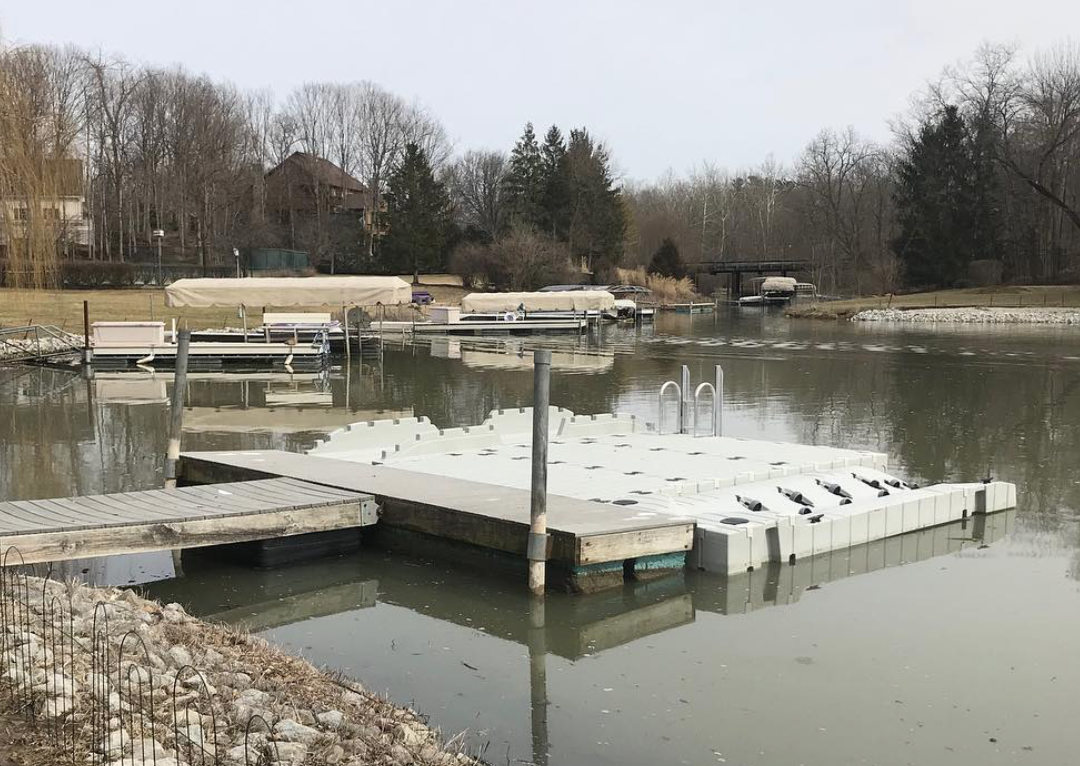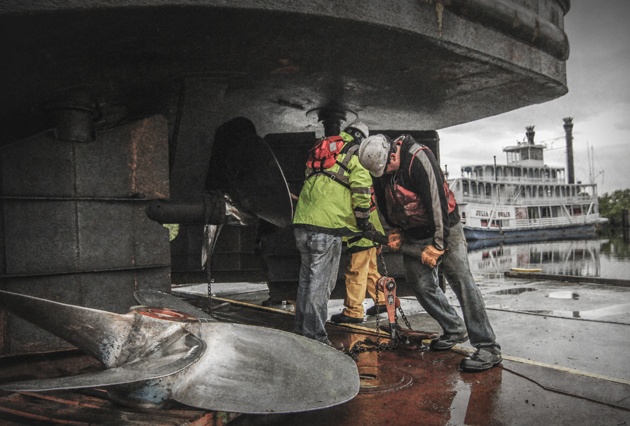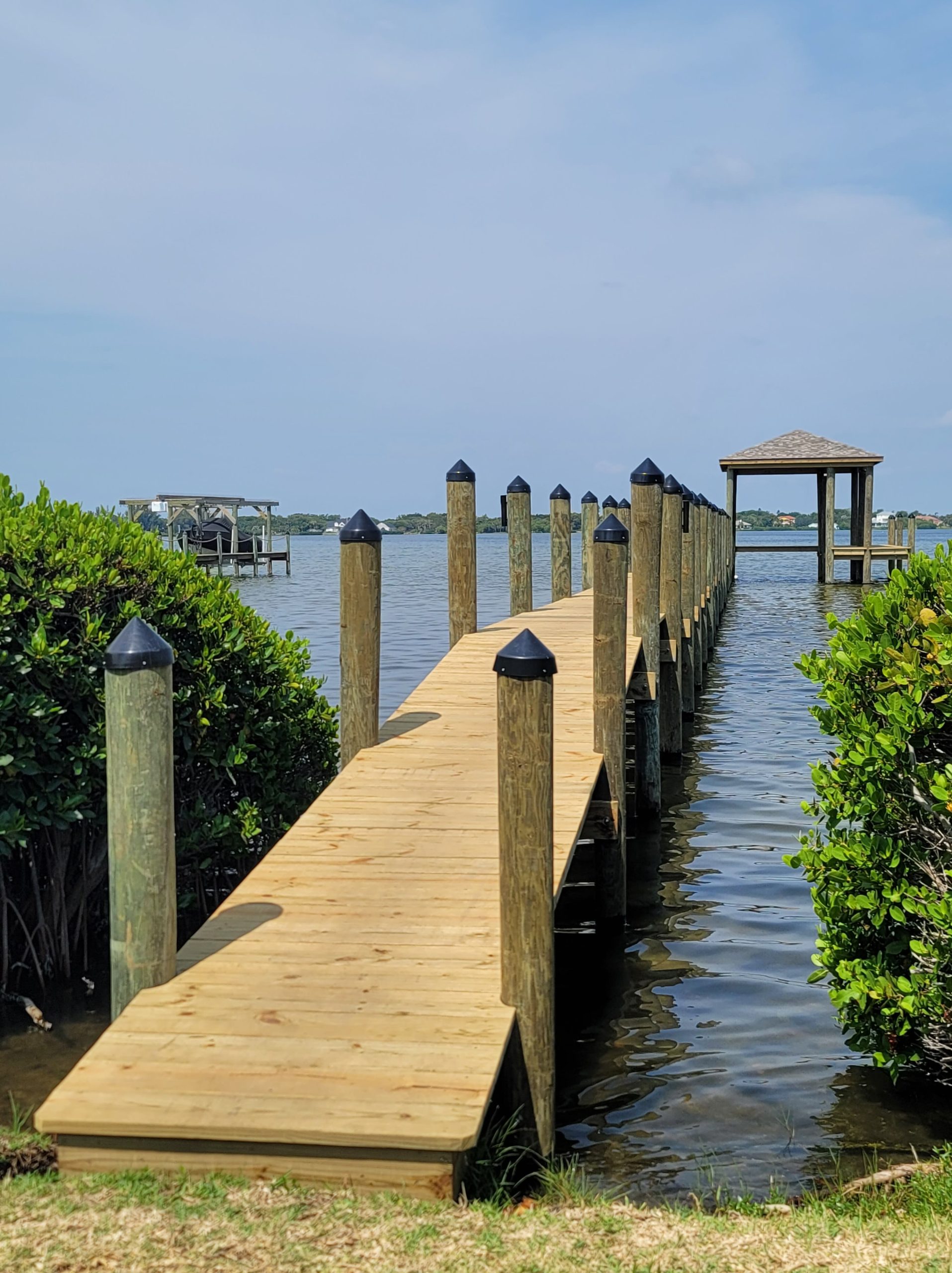Professional Insights on Lasting Dock Repairs Solutions
Professional Insights on Lasting Dock Repairs Solutions
Blog Article
Reliable Dock Repair Work Techniques: Making Sure Architectural Honesty
Ensuring the structural honesty of docks with efficient repair service methods is extremely important for the durability and security of marine centers. This entails a multi-faceted method starting with detailed inspections making use of innovative technologies like finder tools and remotely ran lorries (ROVs) to detect both visible and hid problems. Subsequently, picking the ideal repair service products, such as corrosion-resistant alloys and composite products, is critical for toughness. Architectural support approaches, including the execution of cross-bracing systems and load-distribution plates, play a vital function in mitigating stress factors. The importance of these strategies ends up being evident when exploring advanced repair service techniques and preventative maintenance approaches.
Assessing Dock Damage
Assessing dock damage is a crucial initial step in guaranteeing the structural integrity and security of any kind of docking center. This initial analysis involves a detailed assessment to recognize both noticeable and covert problems. Trick elements to check out consist of the dock's structure, pilings, decking, and hardware. Each part has to be inspected for indicators of wear, rot, rust, or other types of destruction that can endanger the structural honesty.
Structural engineers or qualified examiners typically carry out these assessments utilizing specialized techniques and devices. Undersea assessments could utilize finder devices or remotely ran lorries (ROVs) to discover immersed damage. Above water, aesthetic evaluations are matched by utilizing dampness meters and various other diagnostic tools to uncover underlying issues not promptly noticeable to the naked eye.

Deciding On Repair Work Materials
Choosing the suitable repair service materials is a critical step in the dock remediation process, one that straight affects the long life and performance of the fixed structure. Product option have to be driven by factors such as environmental problems, load-bearing requirements, and compatibility with existing dock parts.
Along with timber, composite products are increasingly preferred due to their resilience and low maintenance needs. Compounds, generally made from a blend of plastic and timber fibers, offer outstanding resistance to rot, pests, and UV damages. For metal anchors, choosing corrosion-resistant alloys such as galvanized steel or marine-grade light weight aluminum is vital to stop corrosion and ensure architectural stability in saline water conditions.
Epoxy materials and marine-grade sealers are important for fixing cracks and sealing joints, supplying a water resistant barrier and improving the dock's overall toughness. By carefully selecting high-grade materials, dock repairs can accomplish lasting outcomes, consequently guarding against future deterioration and guaranteeing safe, trustworthy use.
Architectural Reinforcement Methods
Efficient architectural support techniques are crucial in ensuring the security and longevity of dock repair work. This technique is specifically reliable for docks exposed to heavy loads or extreme environmental conditions.
Another necessary method is the application of fiber-reinforced polymers (FRP) These products offer high strength-to-weight proportions and superb resistance to corrosion, making them suitable for enhancing wood or concrete anchors. FRP can be used in strips or sheets and bound with epoxy resins to improve architectural integrity.
Supporting and securing systems additionally play a critical duty in structural reinforcement. Cross-bracing, using steel or wooden beam of lights, can combat lateral pressures, reducing swaying and motion. Anchoring systems, such as helical piers or driven piles, give a stable structure by moving loads to much deeper, extra steady soil layers.
Last wikipedia reference but not least, the assimilation of load-distribution plates can help disperse weight much more evenly across the dock's surface area, minimizing local anxiety points. These strategies collectively guarantee that anchors continue to be durable and safe, efficient in standing up to the rigors of their operational setting.
Advanced Repair Service Approaches

An additional innovative strategy entails undersea welding, which permits repairs to be conducted without the demand to dewater the area. This approach is particularly useful for dealing with architectural concerns in immersed dock elements, guaranteeing very little interruption to procedures. Enhanced welding strategies, paired with robot systems, supply accuracy and dependability, thereby extending the life-span of the dock.
Furthermore, cathodic security systems are applied to stop rust in metal dock frameworks. By utilizing sacrificial anodes or amazed existing systems, these strategies successfully reduce the electrochemical procedures that cause material deterioration.
Last but not least, advanced surveillance innovations, such as structural wellness monitoring (SHM) systems, give real-time information on the condition of dock frameworks. These systems enable aggressive maintenance and prompt treatments, ultimately ensuring the lasting architectural stability of the dock.
Upkeep and Prevention
Upkeep and prevention are view website essential concepts that underpin the durability and safety and security of dock structures. Normal evaluations are extremely important, allowing for very early discovery of wear and tear, possible weaknesses, and environmental influences. A proactive technique, entailing routine checks for deterioration, rot, and structural changes, mitigates expensive fixings and prolongs the dock's functional life.
Safety nets need to include applying safety finishings to steel components to defend against rust and making use of treated timber to resist decay. In addition, making sure proper drain and air flow can prevent water build-up, which is a common root cause of architectural destruction. Integrating top quality products and adhering to producer guidelines throughout building and fixing stages also play essential roles in improving longevity.

Training workers in dock maintenance best practices ensures regular application of safety nets. Leveraging technological advancements, such as drones for evaluations and sensing units for real-time tracking, can even more improve maintenance initiatives. By focusing on upkeep and prevention, dock proprietors can make sure structural integrity, functional security, and affordable management over the dock's life-span.
Verdict
Finally, preserving the structural honesty of aquatic facilities demands thorough dock fixing strategies. Detailed examinations utilizing advanced devices reveal both visible and hid damages, while the selection of proper repair work materials improves sturdiness. Executing architectural reinforcement approaches addresses anxiety factors efficiently. Advanced repair methods, coupled with routine upkeep practices, make certain the dock stays operational and secure under diverse environmental problems. Adopting these techniques dramatically extends the life-span and performance of aquatic infrastructure.
Guaranteeing the structural integrity of anchors with efficient fixing methods is critical for the long life and safety of aquatic facilities.Selecting the ideal repair products is a crucial action in the dock repair procedure, one that directly influences the longevity and efficiency of the fixed framework.Efficient architectural support methods are essential in making certain the security and durability of dock repair work. By prioritizing upkeep and avoidance, dock owners can ensure architectural stability, operational safety, and cost-efficient monitoring over the dock's life expectancy.
In conclusion, maintaining the architectural stability of marine centers pop over to this web-site requires comprehensive dock fixing strategies.
Report this page